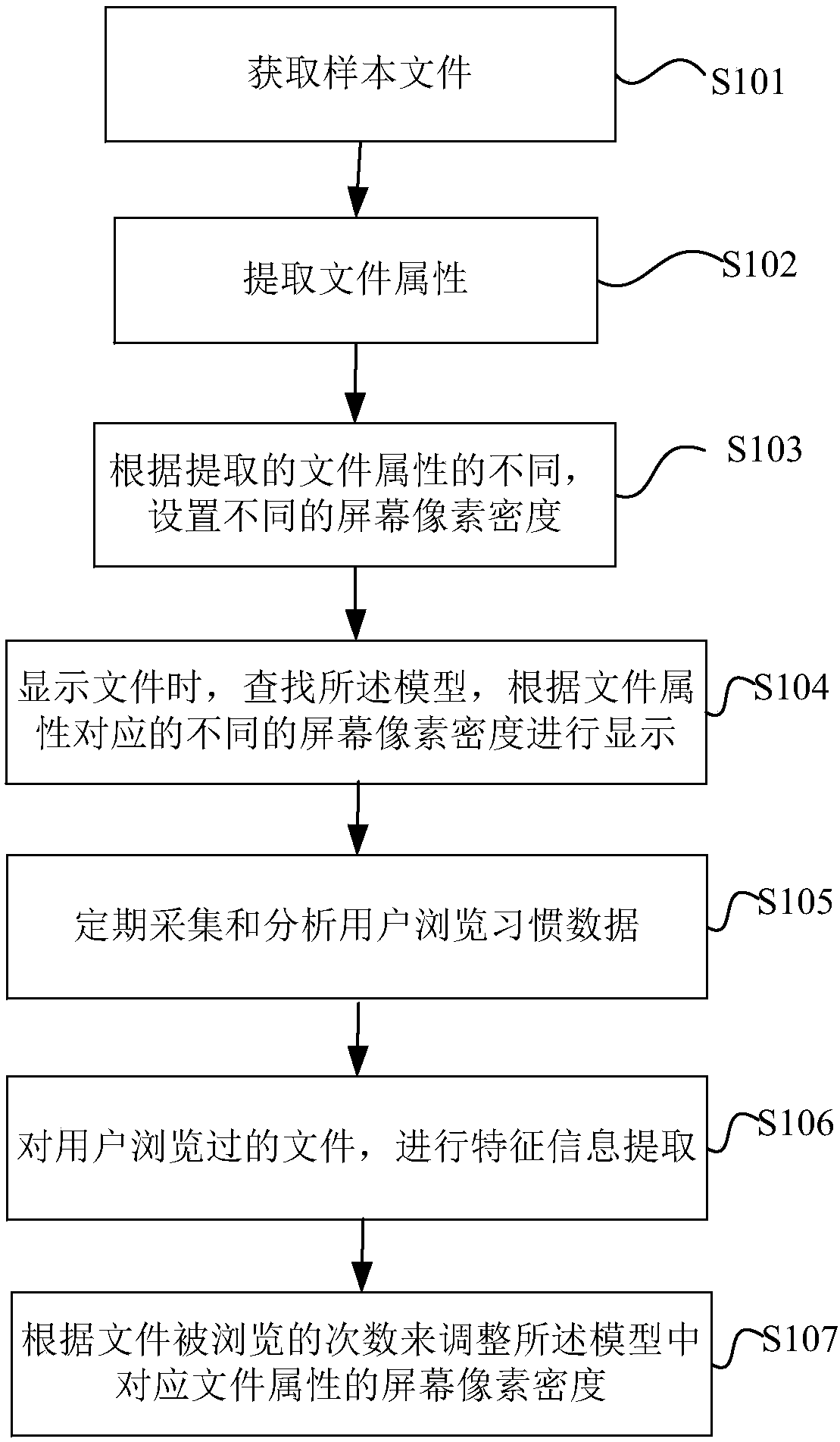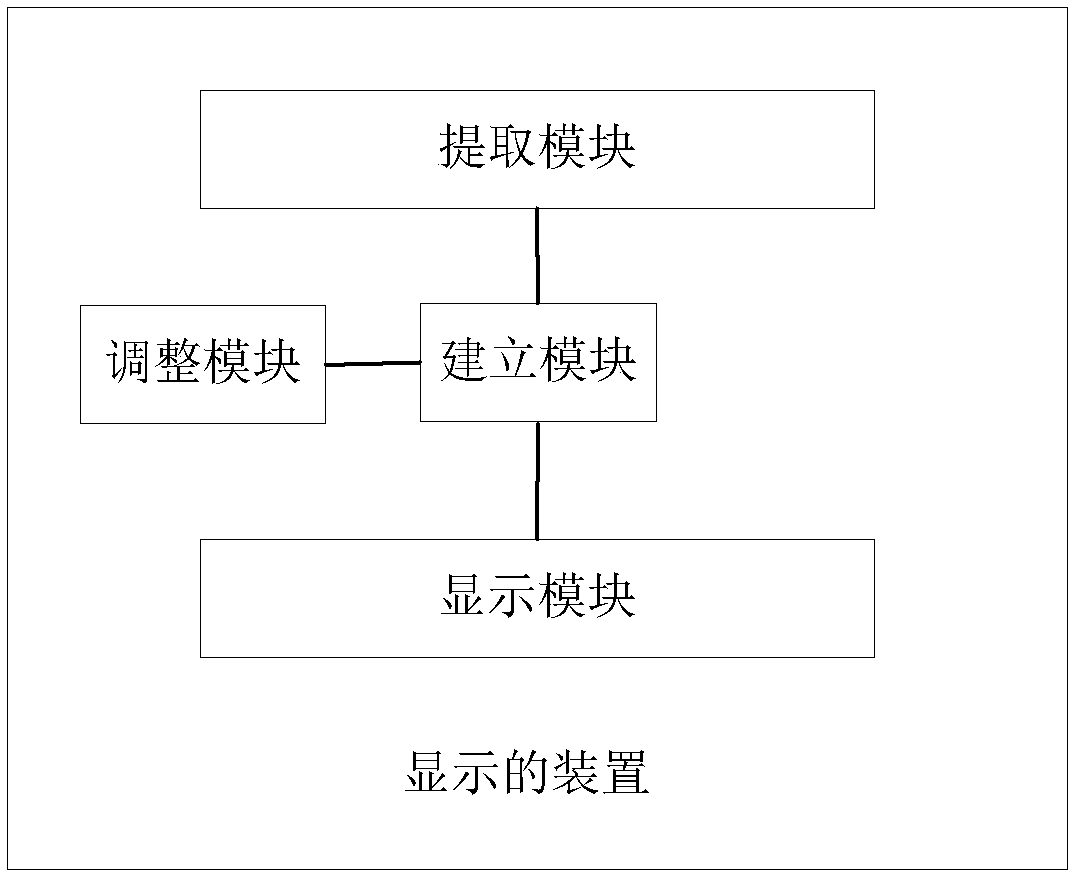Display method and device as well as mobile terminal
A technology for displaying and displaying files, which is applied in the field of communication, and can solve problems such as increased battery size, waste of resolution, and reduced battery life
- Summary
- Abstract
- Description
- Claims
- Application Information
AI Technical Summary
Problems solved by technology
Method used
Image
Examples
Embodiment Construction
[0031] In order to make the purpose, technical solution and advantages of the present invention more clear, the embodiments of the present invention will be described in detail below in conjunction with the accompanying drawings. It should be noted that, in the case of no conflict, the embodiments in the present application and the features in the embodiments can be combined arbitrarily with each other.
[0032] figure 1 It is a flow chart of a method shown in an embodiment of the present invention, such as figure 1 As shown, the method of the present embodiment includes the following steps:
[0033] Step S11, extracting the file attributes of the files browsed by the user;
[0034] Step S12, setting the corresponding screen pixel density according to the file attribute, and establishing a model of the relationship between the file attribute and the screen pixel density;
[0035] Step S13 , when displaying a file, search for the model, and use the screen pixel density corre...
PUM
 Login to View More
Login to View More Abstract
Description
Claims
Application Information
 Login to View More
Login to View More - R&D
- Intellectual Property
- Life Sciences
- Materials
- Tech Scout
- Unparalleled Data Quality
- Higher Quality Content
- 60% Fewer Hallucinations
Browse by: Latest US Patents, China's latest patents, Technical Efficacy Thesaurus, Application Domain, Technology Topic, Popular Technical Reports.
© 2025 PatSnap. All rights reserved.Legal|Privacy policy|Modern Slavery Act Transparency Statement|Sitemap|About US| Contact US: help@patsnap.com



